The Ultimate Guide to All-Season Tires in Winter
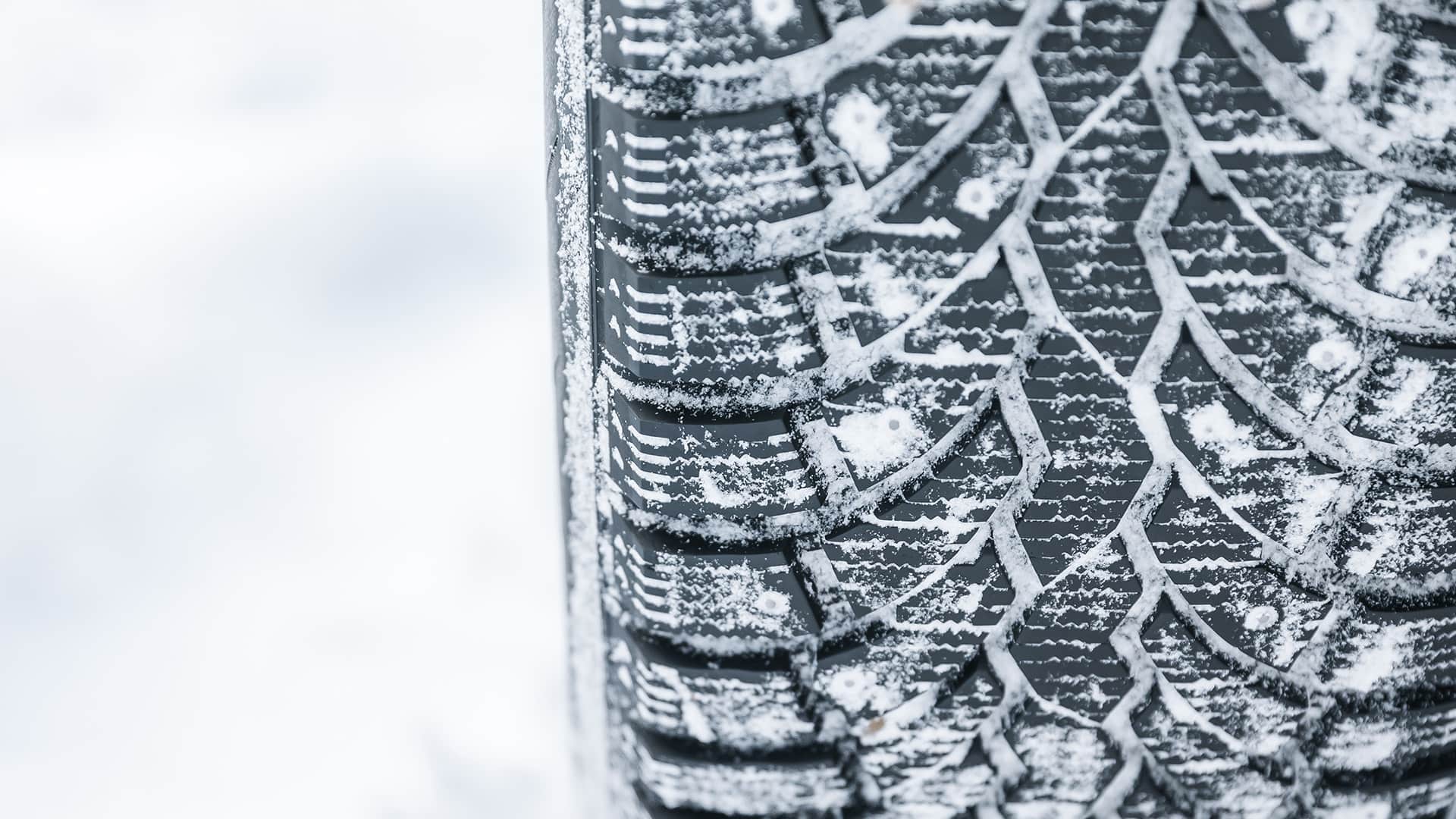
Back in ’77, Goodyear dropped a new line of tires called the Tiempo which was the first tire that claimed to be all-season. The idea was pretty cool: no more switching between snow and summer tires when the seasons change – you could just use one tire all year round.
Everyone jumped on that hype train and other companies hopped on board too. Nowadays, almost every vehicle sold in America comes with all-season tires from the factory, and most of replacement-tire sales are for those same ones.
But are we really making a smart choice by sticking with these all-season tires in winter? Actually, not really. Turns out they do fine in warm weather, but when things get icy or snowy they don’t offer as much grip as tires specifically designed for those conditions. And that means people who rely on all-seasons during winter months are driving cars that aren’t as safe as those outfitted with legit snow tires.
The Differences between All-Weather and All-Season Tires
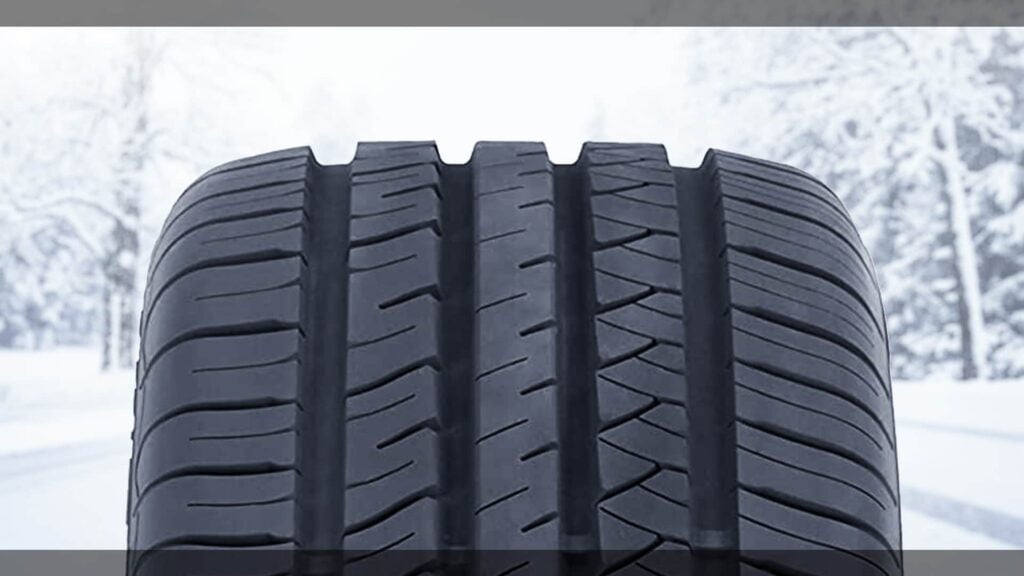
All-season tires are designed to perform well in a variety of weather conditions, from the hot and dry days of summer to the chilly and damp days of fall. They have a tread pattern that’s suitable for most road conditions, with shallow grooves that provide good grip and traction.
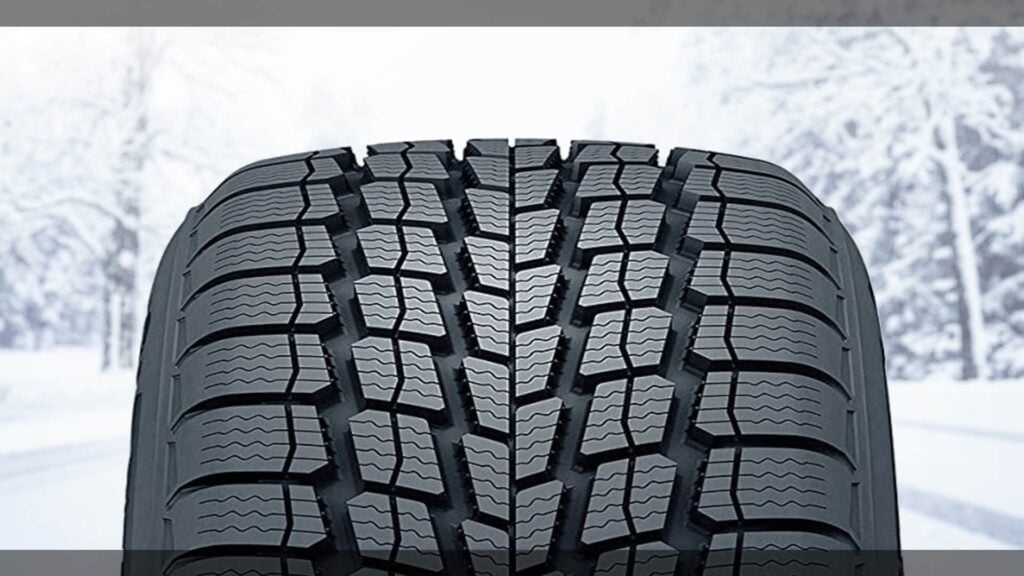
All-weather tires, on the other hand, are designed to handle a wider range of weather conditions, from hot and humid to cold and snowy. They have a more aggressive tread pattern than all-season tires, with deep grooves that provide better grip and traction on snow and ice.
How Do winter tires outperform All-Season in cold weather conditions?
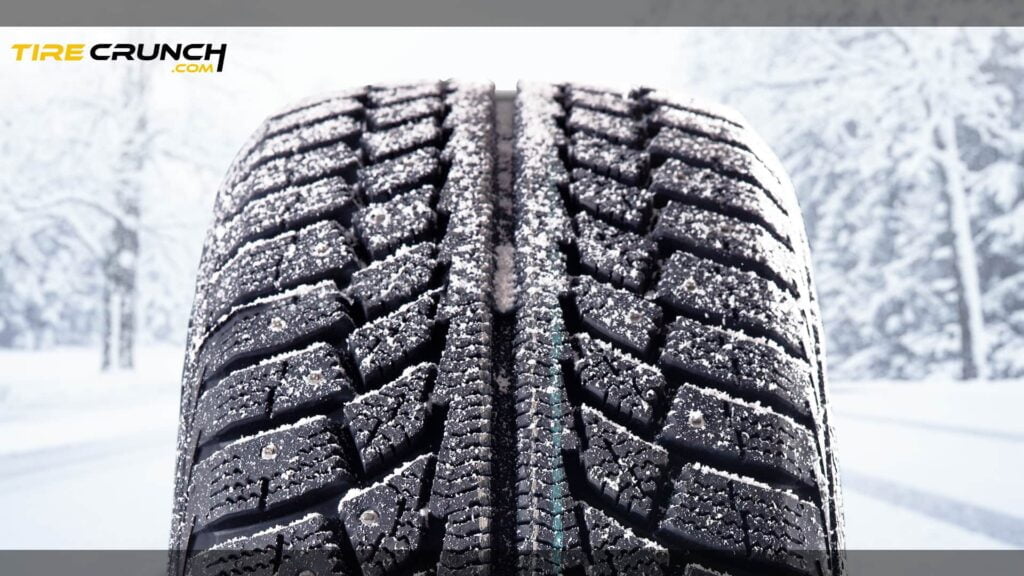
Tire Tread Patterning
Winter tires have much deeper grooves that help move snow and water out from under your wheels. The increased depth also creates more surface area to better grip icy roads.
When it comes to the tread on your all-season tire, they are “closed up.” This means that the blocks on the tread are small and the gaps between them are narrow. It’s a great setup for when the weather is warm and you need to keep the rain at bay. But, come winter time, this kind of tread can really let you down.
Why? Well, for starters, it’s going to get all clogged up with snow. And, when it does manage to get a bite into the snow or ice, it won’t be a very good one. Plus, it’s going to be creating a slipperier surface than a hockey rink.
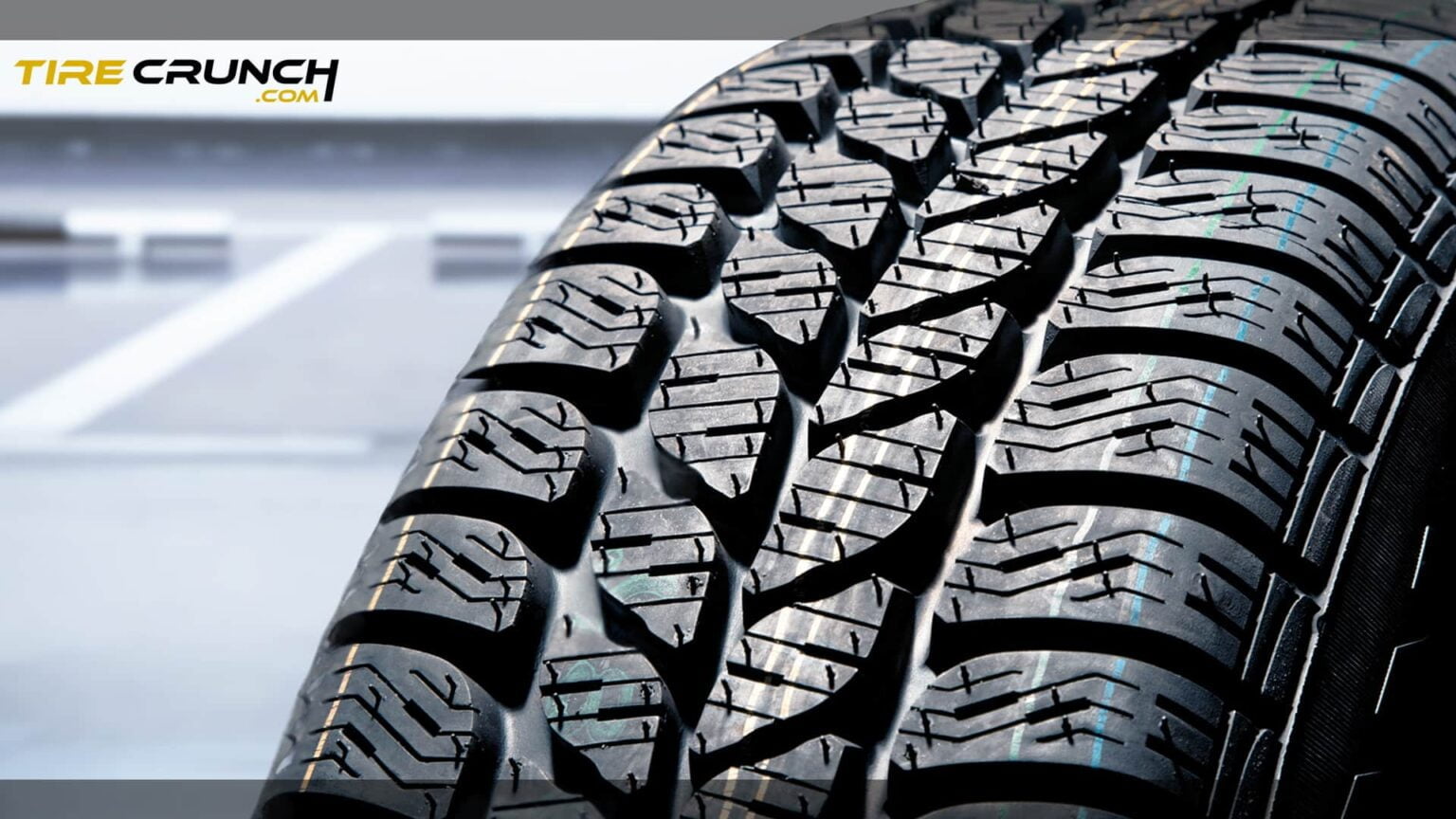
The Tread Depth
Winter tires have deeper treads than all-season tires, which is why they’re such a great choice for the colder months.
The deep grooves on winter tires help to channel away snow and slush, which reduces the risk of hydroplaning.
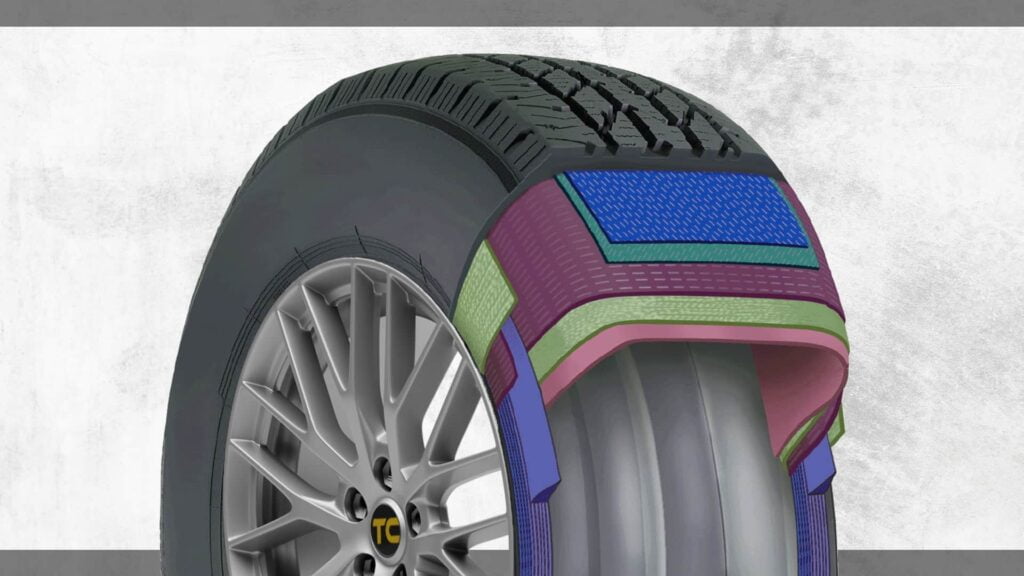
Tire Tread Compound
Another important aspect of tire tread is its compound – or the mix of rubber used to create it. Winter tires use compounds designed to remain pliable even in extremely cold temperatures. All-season tires tend to become harder at lower temperatures which reduces their grip on snowy and icy surfaces.
And an interesting fact is that below 45F it’s recommended not to drive with all-season tires because they will get cold & hard which can affect handling-giving reduced traction.

Biting Edges
Biting edges help your car grip on snow and ice by biting into the surface instead of sliding over it.
Unlike all-season tires, most winter tires are manufactured with numerous biting edges on multiple surfaces of the tread pattern.
| Winter Tires | All-Season Tires | |
|---|---|---|
| Road Conditions | Suitable for snow, ice, rain, and slush when the temperature is around 45ºF or below. | Suitable for rain, dry, and some light snow when the temperature is around 45ºF and above. |
| Rubber Compound | Designed to stay soft and flexible in cold weather to help with grip. | Performs best above 45ºF and is designed for longer tread life. |
| Tire Tread | Features a deep, wide, and jagged tread that offers better traction in winter road conditions. | Features shallower grooves that offer comfort and control in most road conditions. |
| Siping | Typically has more siping to maximize grip in winter-driving conditions. | Has some siping that helps dissipate heat and provides added traction in wet conditions. |
Related Reading: Using Winter Tires All Year
Are All-Season Tires in Winter Right for You?
Legal Requirements for Winter Tires
Now that you know the key differences between all-season tires and winter tires, it’s important to be aware of the legal requirements governing the usage of winter tires. These requirements may vary from contry to country. Breaking the rules could give you a ticket as an unwanted souvenir that is not only expensive but can also impact your insurance premiums along with making your boides unsafe too!
While there are no regulations in the United States that legally require drivers to use winter tires, it’s highly recommended to use winter tires for those who live in the Snow Belt.
This region is known for low temperatures and heavy snowfalls, making it particularly challenging for drivers to navigate the roads safely. So, if you’re in an area that experiences harsh winters, it’s worth considering switching to winter tires. They offer better grip and traction on snow and ice, which can help you avoid accidents and stay safe on the road.
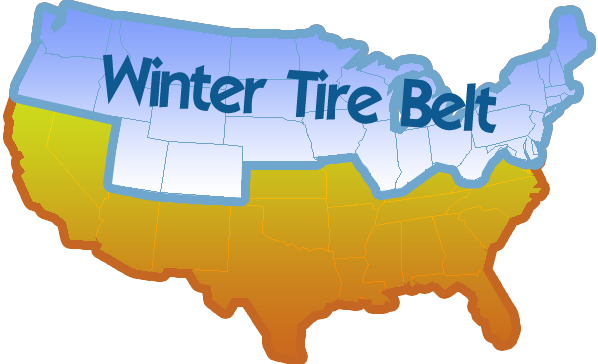
Examine Your Region’s Weather Conditions
Next, take a look at your region’s weather conditions. Are winters mild with only infrequent light snow, or do hurricanes of white fluffy stuff sweep across vast areas making everyone feel like they are living in an ice world?
When it comes to driving through snow or icy terrains, all-season tires might provide some level of traction but think twice before sticking with them for long periods during the freezing winter months.
While they might be good enough for daily use in mild winters, when it’s time to power through months-long cold snaps filled with sheets of ice and inches of snow; it is a wise choice to opt for a changeover toward dedicated winter tires.
Winter tires are built with soft rubber material that ensures better grip on road surfaces when temperatures go below 45F along with superior tread patterns and depths keeping you safe in a variety of winter conditions.
Final Words
In conclusion, driving with all-season tires during winter can be a debatable issue. The key differences between an all-season tire and a winter tire are tire tread patterning, tread depth, tread compound, and biting edges that impact the level of traction and control you’ll have on snow or icy roads.
Before making any decisions, it’s important to consider legal requirements for winter tires in your area along with the region’s weather conditions. If harsh winters like heavy snowfalls or freezing rain is common place then using dedicated winter tires becomes crucial.
Even if the legal system does not require specific types of tires if prudence & safety calls for better tractive effort then switching to the appropriate tire must be given precedence above saving a few dollars.
FAQs
Here are some frequently asked questions (FAQs) about all-season tires and winter tires that can help provide a better understanding when it comes to choosing the right set of tires for your vehicle:
How long do All-Season tires last?
Typically, all-season tires have a lifespan of up to 50,000 miles. However, specific mileage will vary based on driving styles, road conditions, and the manufacturer’s recommendations.
Are All Season Tires Good for Snow?
All-season tires might be able to perform slightly better on light snow but as snow accumulates they lose traction and grip with the icy roads.
That means these tires may not be a safer option in areas where severe winter weather is experienced regularly.
Are All Season tires good in snow?
While all-season tires perform well in moderate weather conditions like rain and light snowfall, they aren’t specifically designed to offer maximum grip under freezing temperatures due to thinner grooves that clog quickly – reducing their effectiveness on ice.
If you expect a very cold climate then it’s worth investing in dedicated sets of tires specifically meant got harsh winters
Do I Need Winter Tires If I Have All-Wheel or Four-Wheel Drive?
Regardless of drive specs such as AWD or FWD – both rely on tires for gaining grip over surface areas. More accumulated layers of ice/snow would require superior gripping technology which may not be provided by all seasons tire alone.
Therefore relying purely on the drivetrain doesn’t suffice & needs appropriate tires according to severity/duration/type/terrain etc,. of weather forecasts.
